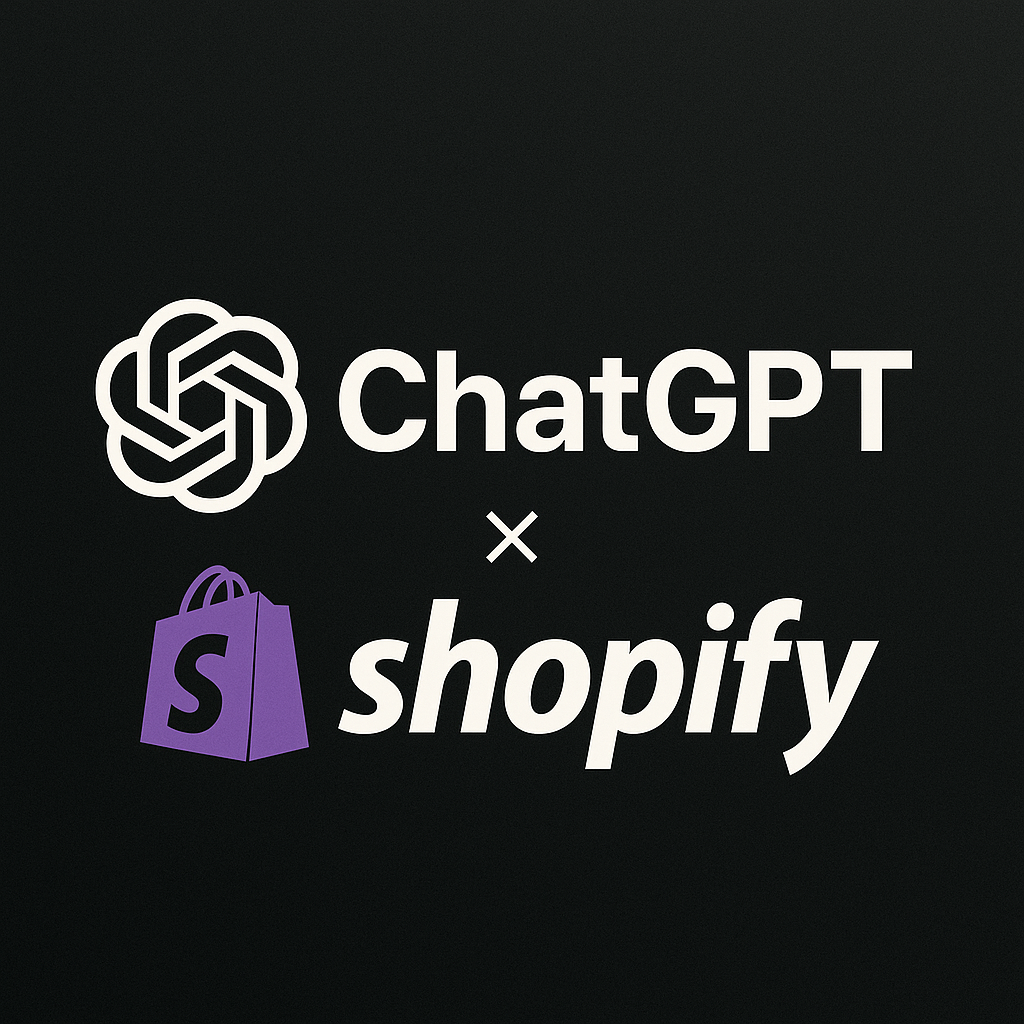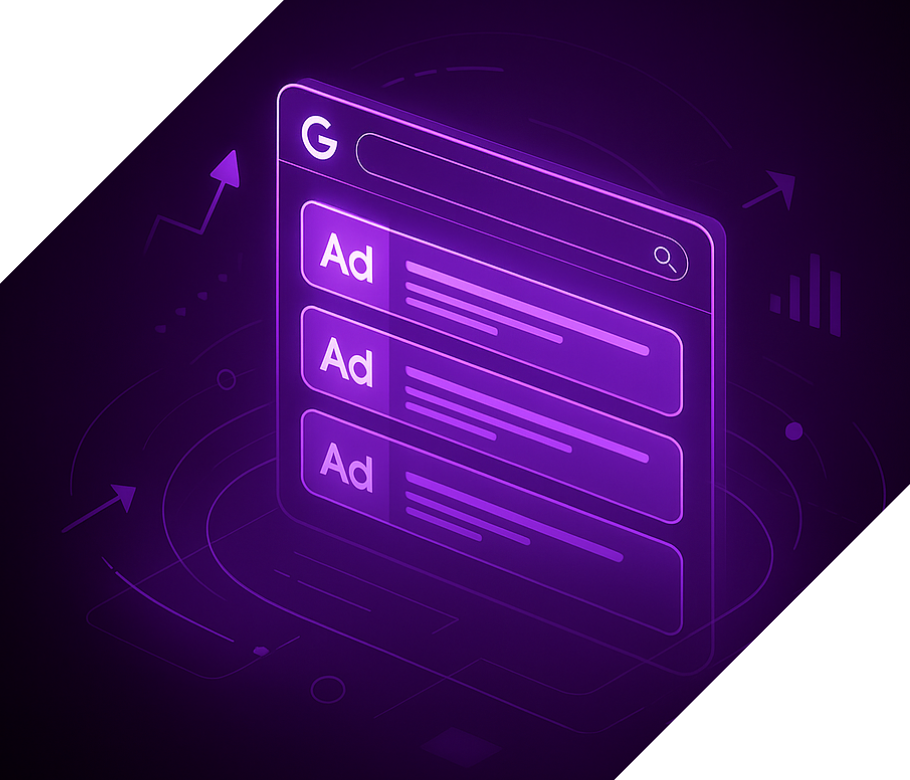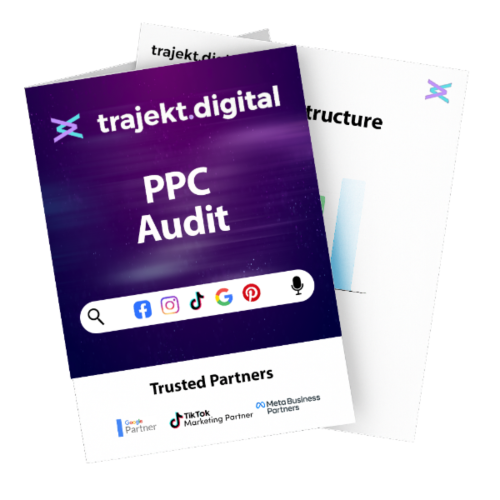
Conversational commerce is here
ChatGPT Shopping and Shopify Integration
Join the 500+ clients we have already worked with

Get Ready Now
Preparing your Shopify store for ChatGPT
If you want to be among the first merchants to benefit, preparation is everything. The first step is ensuring that ChatGPT’s crawler, OAI SearchBot, can actually see your products. If your robots.txt file blocks it, your products will not be indexed. From there, structured data becomes vital. By implementing schema.org markup such as Product, Offer, and AggregateRating, you give ChatGPT the clearest possible understanding of your inventory.
Accuracy is just as important. Stale prices, missing availability, or incomplete descriptions can mean your products do not surface at all. High-quality images, comprehensive product details, and clear policy pages all play a role in building trust, both for AI systems and for real shoppers. Reviews and ratings should be integrated and exposed in structured formats too, since customer feedback is a powerful signal in the ranking process.
Although OpenAI has not yet published a definitive product feed specification for Shopify merchants, it is expected that JSON or XML feeds with frequent updates will form part of the pipeline. Being ready to transform your Shopify catalog into a clean, structured feed will give you a competitive edge once official onboarding opens.
Timelines and expectations
The rollout has already begun with Etsy sellers, and Shopify merchants have been told to expect access soon. While no official public date has been set, industry watchers expect the first wave to happen within months, beginning in the United States and expanding globally in stages. The feature set will also mature over time. First comes single-item checkout, followed by multi-item carts, richer product comparison tools, and potentially analytics dashboards for merchants.
What remains unclear is whether all Shopify merchants will be automatically included or if there will be an application process. It is also not yet known what the commission percentage will be on sales processed through ChatGPT. Merchants should expect to pay a fee, as OpenAI will take a cut of transactions facilitated in-chat, but the exact numbers are still to be confirmed.
What You Need to Do to Be “Shopify x ChatGPT-Ready”
Getting your Shopify store ready for ChatGPT is not just about waiting for the official rollout. The merchants who will benefit most are those who prepare their stores in advance, making sure product data is complete, accurate, and easy for AI systems to understand. While the technical details of feeds and onboarding are still being finalised, there are clear steps you can take today to give your products the best possible chance of being included and ranked well. Think of it as future-proofing your e-commerce setup. By aligning your store with best practices in structured data, crawlability, content quality, and customer experience, you position yourself to take full advantage of conversational commerce from day one. Below is a practical checklist you can work through now to make sure your Shopify store is ready for ChatGPT.additional info
Frequently Asked Questions
We get asked all kinds of questions when speaking to potential clients for the first time, so here's a list of the most common questions we get asked.

When will Shopify merchants be able to sell directly through ChatGPT?
When will Shopify merchants be able to sell directly through ChatGPT?
There is no fixed public release date, but early signs suggest a United States rollout in the coming months, with international support following later.
What is Instant Checkout in ChatGPT?
What is Instant Checkout in ChatGPT?
Instant Checkout allows a user to purchase directly inside ChatGPT. For Shopify merchants, the process hands off to Shopify’s secure checkout system, making the transition smooth.
Will ChatGPT support multi-item baskets?
Will ChatGPT support multi-item baskets?
Not at launch. The first wave of the feature is restricted to single-item purchases, but multi-item carts are on the roadmap.
How much will it cost to sell on ChatGPT?
How much will it cost to sell on ChatGPT?
OpenAI has confirmed there will be a commission on sales, but exact percentages have not yet been made public.
How does ChatGPT decide which products to show?
How does ChatGPT decide which products to show?
AI powers many of Google's latest features like performance max and search generative experience. We maximise first-party data, customer lists and behaviour signals so they make smarter decisions and lower your cost per sale.
Do I need to apply to be included?
Do I need to apply to be included?
Most likely yes. OpenAI is expected to open a merchant portal where you can opt in or submit your catalog for eligibility.
Will the rollout be global?
Will the rollout be global?
Not initially. Expect the first availability in the United States, followed by staged regional rollouts with expanded currency and tax support.
What technical setup do I need?
What technical setup do I need?
At minimum, you will need to allow ChatGPT’s crawler, implement structured data, and ensure accurate product metadata. Later, you may need to provide a feed in JSON or XML.
How often should my product data be updated?
How often should my product data be updated?
Ideally in real time or at least daily. Out-of-date stock or pricing can harm both visibility and customer trust.
Does ChatGPT work with reviews?
Does ChatGPT work with reviews?
Yes. Exposing reviews and ratings in a structured format boosts your chances of being selected and displayed.
How do I know if ChatGPT is crawling my site?
How do I know if ChatGPT is crawling my site?
Check your server logs for hits from OAI SearchBot and monitor referral traffic with utm_source=chatgpt.com in your analytics.
What if I do not want to be included?
What if I do not want to be included?
You can opt out by blocking OAI SearchBot in your robots.txt file, though this also means losing a potential new sales channel.
Will payments go through OpenAI or Shopify?
Will payments go through OpenAI or Shopify?
Payments will be processed through Shopify’s checkout, not a new OpenAI system.
How are shipping and returns handled?
How are shipping and returns handled?
They remain your responsibility as a Shopify merchant. Your policies apply exactly as they do with other online sales.
Can non-Shopify websites also be listed?
Can non-Shopify websites also be listed?
Yes, potentially. OpenAI’s broader product discovery program could allow other platforms in the future.
What if my prices or stock change quickly?
What if my prices or stock change quickly?
Frequent updates are key. If your products are volatile in pricing or stock, ensure automated syncing to avoid errors.
Will there be analytics for ChatGPT traffic?
Will there be analytics for ChatGPT traffic?
Not yet, but OpenAI may release reporting tools. For now, you can track via UTM tags and Shopify analytics.
How do I improve my GPT ranking?
How do I improve my GPT ranking?
Use complete metadata, high-quality images, genuine reviews, fresh content, and build authority through backlinks and trust signals.
Will refunds or disputes be handled differently?
Will refunds or disputes be handled differently?
Refunds and disputes will follow your Shopify setup. OpenAI does not yet appear to provide a separate dispute resolution process.
Is this optional or mandatory for Shopify merchants?
Is this optional or mandatory for Shopify merchants?
It is optional. You will likely need to opt in or accept updated merchant terms to participate.
Our Partners & Accreditations




Get in touch

Contact form
Tell us about how we can help
with your goals & objectives and we'll get back to you with the next steps.
Telephone
01748 556789Let's Work Together. Who knows what we could achieve.
Request a Call Back
At trajekt.digital, we’ll help you do more for less!
Our expertise spans across strategy, consulting & digital marketing backed up by 35+ years of experience in the industry.
Whether you’re a B2C retailer or B2B, we work as part of your team to help optimise operations, improve efficiency, and generate output.
